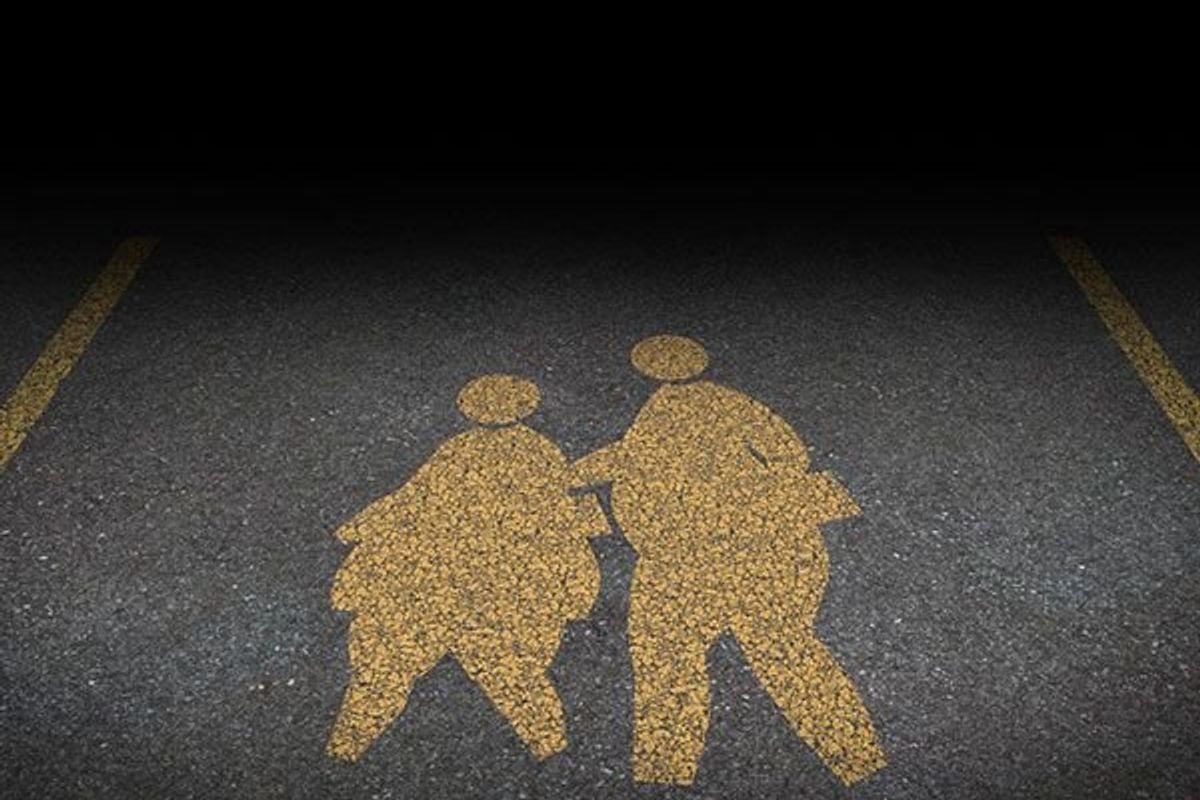

Learn about our editorial policies
Medically Reviewed
THURSDAY, Nov. 12, 2015 (HealthDay News) -- Although obesity rates continued to climb among U.S. adults over the past decade, they stabilized for children and teens, federal health officials reported Thursday.
More than 36 percent of adults and 17 percent of America's kids were obese between 2011 and 2014, said researchers from the U.S. Centers for Disease Control and Prevention. These are the latest years for which national statistics are available.
Analyzing weight trends since 1999, researchers found the ranks of obese adults have swelled significantly in the last 10 years.
Adult obesity rates climbed from slightly over 32 percent in 2003-04 to almost 38 percent by 2013-14, said lead researcher Cynthia Ogden, an epidemiologist in the CDC's National Center for Health Statistics.
Among youths aged 2 to 19, she said, 17.2 percent of children were obese in 2014, compared with 17.1 percent in 2003. "There is basically no difference [in the obesity rate in this group]," she said.
Obesity is a major cause of chronic disease, including heart disease, cancer, stroke, diabetes, dementia and arthritis, said Dr. David Katz, director of the Yale University Prevention Research Center, in New Haven, Conn.
"Where there is a high prevalence of obesity, there are high rates of preventable chronic disease," Katz said.
Widespread efforts to encourage people to eat healthy and exercise may be having a positive effect, Katz said.
"But we will not really know if these are working until obesity rates and the rates of related diseases dip decisively," he said. "While there is some encouragement in these new data, clearly, we are not there yet."
For the report, researchers used data from National Health and Nutrition Examination Surveys. Other key findings for 2011-2014:
- More women (about 38 percent) were obese than men (about 34 percent). No gender difference was observed among children and teens.
- Obesity was higher among middle-aged (about 40 percent) and older (37 percent) adults than younger adults (about 32 percent).
- More whites, blacks and Hispanics were obese than Asians.
- Nearly 9 percent of preschoolers were obese, versus more than 17 percent of kids aged 6 to 11. Among teens, more than 20 percent were obese.
Adult obesity was defined as having a body mass index (BMI) of 30 or more. BMI is a calculation of body fat based on height and weight. For example, someone 5 feet 9 inches who weighs 203 pounds or more has a BMI of 30. Among youth, a BMI in the 95th percentile or higher for their age and sex was deemed obese, the CDC said.
Katz, who is also president of the American College of Lifestyle Medicine, wasn't overwhelmed youth obesity statistics. "Stable obesity rates over much of the past decade is the proverbial glass half-full or half-empty, depending on one's perspective," he said.
The glass is half-full because stabilization is an improvement over obesity increases seen for decades, he said. "The glass is half-empty, because stable rates are not falling rates, and obesity prevalence remains alarmingly high," Katz said.
What's unclear, Katz added, is whether stable rates mean the obesity epidemic is being treated effectively or that everyone who is vulnerable to obesity is already obese. "I suspect a bit of both [is true]," he said.
SOURCES: Cynthia Ogden, Ph.D., epidemiologist, U.S. National Center for Health Statistics, U.S. Centers for Disease Control and Prevention; David Katz, M.D., M.P.H., director, Yale University Prevention Research Center, New Haven, Conn., and president, American College of Lifestyle Medicine; Nov. 12, 2105, report, Prevalence of Obesity Among Adults and Youth: United States, 2011-2014
Copyright © 2015 HealthDay. All rights reserved.
You might be interested in





